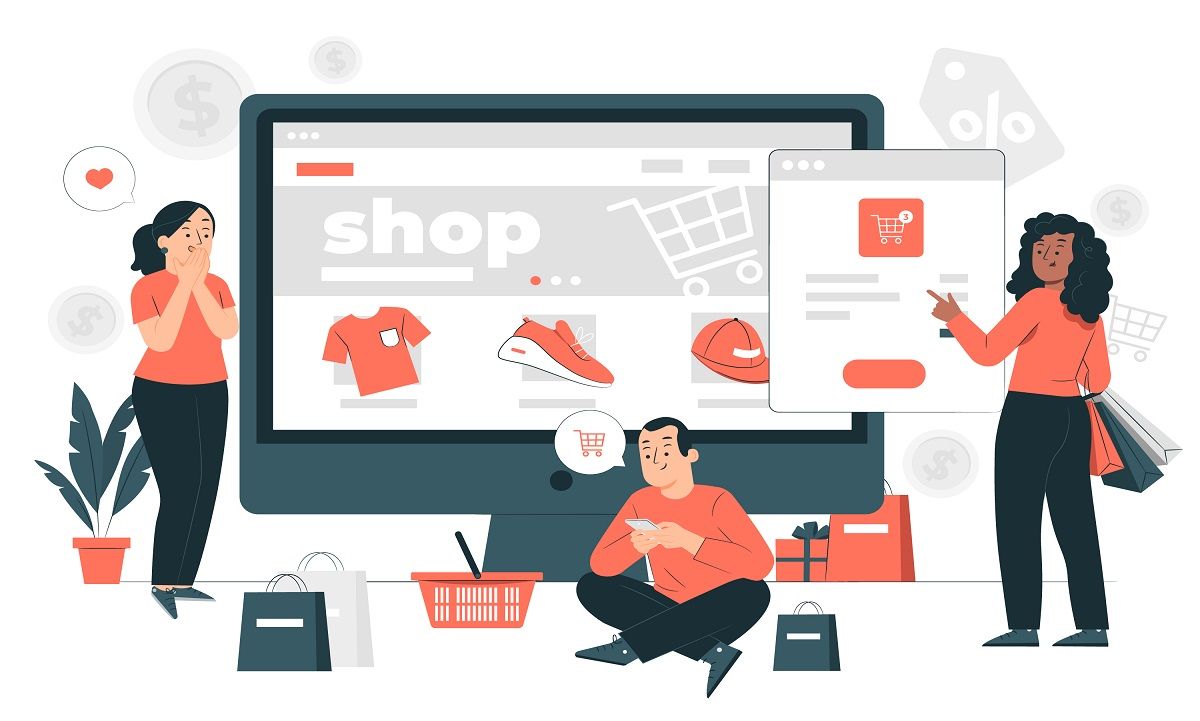

How to Optimize Category Pages For eCommerce Website
Category pages are the webpages that are grouped based on a similar theme. They are the most searched pages that give structure to a website and are one of the main areas where the e-commerce sites market their products. Optimizing the e-commerce store category pages can have a huge impact on your SEO rank and the shopping traffic on your page.
We know that Google, as well as other search engines, give maximum importance to user experience. For a great user experience, e-commerce websites need to optimize the website such that the product pages are easily navigable through a correct categorization. Amid the competition, a proper e-commerce marketing strategy is the necessity of the hour. Here are a few ways which can optimize the category pages with ease.
eCommerce Website Optimization
Optimize the URL
Optimize the URL for a particular category to describe what exactly the page is about. For example, if you have a product category for women's bags, your URL should be something like "https://abcwxy.com/womens-bags".
Keeping short and to-the-point clean URLs is rewarded by the search engines. Try to include relevant keywords in the URLs, such that it tells search engines what the page should show up for in search results.
Write Meta-description of category pages
Metadata is data that gives information about other data, but not the exact data itself. They let the search engines and web crawlers know what the page is about. It starts with the link. Create your links that include keywords and give information to the web crawlers about your page. Optimize the page title, Google schemas and structured data, and the meta description. Brainstorm and create the metadata that attracts the audience. Try to give accurate and unique titles for each category using resources like schema-markup.
Give Category Titles
When it comes to an e-commerce website, it is necessary to make sure that you communicate to the users about where they are on the website and what is being offered to them. Having a simple and easy user interface, clear and concise texts with relevant images make the buyers' journey easy. It will reduce the bounce-off rate from your page.
Having simple headings and subheadings that are understandable by both users and search engines is also a deciding factor in SEO. You can use heading tags of H1, H2 and so on to make the search engines understand the context and content of a particular section. The category page should have an H1 tag and must be on the top of the page. Make sure the headings are clear and concise.
Enhance Category navigation
The main aim of optimizing your page is to smoothen the process of navigation for the users. An easy navigation process will help increase the click-through rate of your page. Design the page as such that shoppers can compare the products quickly using product names, product images, price and customer ratings. You can add product specifications to the product headlines, customer ratings, bestsellers, free-delivery products and more. These will help users find their product and increase the traffic and hence, the trust of search engines on your site.
Keyword Intent
Keyword intent, also called search intent, is the word used by the user in the search engine to find a relevant piece of information. Include keywords naturally in the descriptions of the product. You can use keywords in the product headlines, URL, category and product meta-description, image titles and Alt description, and product descriptions. SEO based descriptions help the search engines understand the content of your page, your page category and help your users navigate through your page seamlessly.
Content Optimization
The additives in the content enhance the clarity for the users. These can be adding media content like photos and tutorial videos or informative product descriptions. Focus on user experience that retains your users and make them come back to you. Add sections like “see more” and “see less” that will allow you to add a substantial amount of information without confusing the users. Adding the "Frequently Asked Questions (FAQs)" section to the page not only answers common quarries of the shoppers but is also an opportunity to include keywords.
Category pages are the cornerstone of an E-commerce marketing website. It needs to be optimized regularly to enhance for SEO purposes. Use the above tips to identify opportunities such that the category pages become a new source of page traffic for your site.